Parc national du mont Bukhansan à Séoul (북한산국립공원 - 서울)
5.3Km 2023-10-31
Seoul, Seongbuk-gu, Bogukmun-ro 262
+82-2-909-0498
Le mont Bukhansan a été désigné comme parc national en 1983, sa surface atteint environ les 80 ㎢. Le sommet du mont Bukhansan est consitué de 3 pics (Baekundae, Insubong, Mangyeongdae). Il a été nommé Samgaksan durant la dynastie Joseon car les 3 pics consitituent ensemble une forme de triangle. Le sommet a été également dénommé Sambonsan, Hwasan et Buaak. C'est après la construction de la forteresse que le mont a été définitvement dénommé Bukhansan.
Musée d'art Amore Pacific (아모레퍼시픽미술관)
5.3Km 2023-01-16
100, Hangang-daero, Yongsan-gu, Séoul (서울특별시 용산구 한강대로 100)
Le musée d'art Amore Pacific, situé dans l'arrondissement de Yongsan-gu à Séoul, était jadis un musée qui exposait des œuvres artistiques collectionnées par Seo Seong-hwan, le défunt fondateur de l'entreprise Amore Pacific. Il a été rebaptisé « Musée d'art Amore Pacific » (Amore Pacific Museum of Art, APMA) en 2009.
Cet établissement a été créé pour devenir un « espace ouvert pour découvrir la beauté dans la vie quotidienne » et communiquer avec le public. Afin d'atteindre cet objectif, le musée collectionne, recherche et expose l'art ancien coréen, l'art contemporain national et international tout en soutenant les chercheurs, les sociétés académiques et les jeunes artistes dans ce domaine.
Dans la salle d'exposition au 1er en sous-sol, on trouve une variété d'expositions spéciales sur l'art ancien et contemporain coréen. Le site est notamment réputé pour l'espace « Atrium », un grand espace réparti entre le 1er et le 3e étage. Vous pouvez aussi profiter de la boutique du musée, d'un espace d'exposition appelé « APMA Cabinet » ou encore d'une bibliothèque réservée aux catalogues des expositions mondiales (apLAP). Le musée se trouve au premier étage du nouveau bâtiment du siège d'Amore Pacific, construit à l'image de la porcelaine blanche coréenne. Aujourd'hui, il constitue un monument architectural emblématique de l'arrondissement de Yongsan-gu.
Vue de nuit depuis le pont Mapo (마포대교 야경)
5.3Km 2021-03-26
Mapo-dong, Mapo-gu, Seoul-si
+82-2-3153-8365
Le pont de Mapo qui relie Yonggang-dong, Mapo-gu et Yeouido-dong, Yeongdeungpo-gu mesure 1 400 mètres de longueur et 25 mètres de largeur (route à 6 voies). Le pont est le quatrième qui a été construit au-dessus de la rivière Hangang après le pont Hannam. La construction a débuté en février 1968 et totalement terminé en mai 1970. Au moment de l’achèvement du pont, celui-ci a été nommé « Pont de Séoul » mais plus tard en 1984 il a été renommé en tant que « pont de Mapo »
M Playground à Hongdae (엠플레이그라운드 홍대본점 [Tax Refund Shop])
5.4Km 2024-09-20
94, Eoulmadang-ro, Mapo-gu, Seoul (서울특별시 마포구 어울마당로 94 (서교동))
M Playground désigne un espace commercial réputé pour son design extérieur composé de containers bleus. Cet espace commercia présente les dernières tendances en matière de mode à Séoul et en particulier à Hongdae. Le lieu est ainsi réputé parmi la jeunesse de la capitale.
Musée Cheonggyecheon (청계천박물관)
5.4Km 2021-03-26
530, Cheonggyecheon-ro, Seongdong-gu, Seoul-si
+82-2-2286-3410
Le Centre Culturel Cheonggyecheon, qui vous propose un aperçu du passé, du présent et de l’avenir de la rivière Cheonggyecheon, se compose d’une salle d’exposition permanente, d’une salle d’exposition spéciale et d’une petite salle de spectacle pour divers spectacles et séminaires.
Avec 5 étages et 2 sous-sols, le centre s’étend sur 999 pyeong (environ 300㎡) au total. Le toit du cinquième étage est ouvert au public pour lui permettre d’apprécier la vue sur la rivière.
Au rez-de-chaussée se situent un café en plein air et une boutique de souvenirs proposant des articles relatifs à la rivière. Dans la salle d’exposition permanente, on peut voir d’anciennes photos de la rivière Cheonggyecheon, des maquettes, des documents sur la rénovation de la rivière, des articles permettant d’ apercevoir la perspective de la rivière.
Le centre est ouvert toute l’année, et l’entrée est gratuite.
The Hyusik Aneuk Hôtel – Hongdae (더휴식 아늑호텔 홍대점)
5.4Km 2025-05-19
162-7, Donggyo-ro, Mapo-gu, Seoul
The Hyusik Aneuk Hôtel – Hongdae est un lieu où le simple fait d’y séjourner rend l'expérience encore plus agréable. Grâce à ses chambres thématiques variées, chaque moment de repos devient une expérience unique, adaptée à vos envies. Plongez-vous dans un film dans une chambre Movie privée, oubliez le tumulte du quotidien dans une chambre Méditation propice à l’introspection, profitez d’un environnement idéal pour le télétravail dans une chambre Business, ou détendez-vous pleinement dans une chambre Gaming pour libérer tout le stress accumulé.
Musée des herbes médicinales de Yangnyeongsi à Séoul (서울약령시 한의약박물관)
5.6Km 2023-04-06
128, Wangsan-ro, Dongdaemun-gu, Seoul-si
+82-2-969-9241
Situé dans le quartier de Dongdaemun-gu à Séoul (le plus grand marché de distribution d’herbes médicinales en Corée), le musée se trouve sur le site du Bojewon, une institution médicale qui existait durant la dynastie Joseon. Le musée des herbes médicinales de Yangnyeongsi à Séoul a été créé dans le but de préserver et développer la culture des herbes médicinales en Corée. Il expose des reliques orientales et des échantillons d’herbes médicinales.
Ouvert le 13 septembre 2006, le musée possède une énorme variété d’articles : 500 objets utilisés par les praticiens de la médecine des herbes, 420 objets en relation avec le domaine de la médecine orientale, et environ 350 herbes médicinales. De nombreux livres anciens sur le sujet de la médecine herbale sont également exposés dans le musée, aidant les visiteurs non familiers à comprendre les effets de chaque herbe ou technique, et comment celles-ci peuvent être utilisées pour soigner les patients. De plus, le musée abrite aussi une maquette du Bojewon de la dynastie Joseon, une zone d’expérience de la médecine orientale, un auditorium polyvalent, une zone de repos et une boutique.
Mont Eungbongsan à Séoul (응봉산(서울))
5.8Km 2024-03-21
1540 Geumho-dong 4-ga, Seongdong-gu, Seoul
Le mont Eungbongsan se situe à Séoul, dans l'arrondissement de Seongdong à l'est de la capitale et s'élève à une hauteur de 94 mètres.On trouve également un petit pavillon au sommet du mont qui offre une belle vue sur le fleuve Han. Le site accuille différents événements dont le festival du lever de soleil le jour du nouvel an et le festival des forsythia en avril.
Musée des enfants, Musée National de Corée (국립중앙박물관 어린이박물관)
5.9Km 2021-03-26
137, Seobinggo-ro, Yongsan-gu, Seoul
+82-2-2077-9000
Le Musée des Enfants, situé au sein du Musée National de Corée, est un musée centré sur l’apprentissage où les enfants peuvent voir, toucher, et ressentir l’Histoire à travers des programmes pratiques et des jeux. Les objets sont exposés en permanence et leur permettent d’apprendre davantage sur l’héritage culturel de la Corée et ce de manière intéractive.
Musée National de Corée (국립중앙박물관)
5.9Km 2025-07-17
137, Seobinggo-ro, Yongsan-gu, Seoul-si
+82-2-2077-9000
Le Musée National de Corée n’est situé qu’à seulement 1,5km de la Gare de Yongsan. Il s’agit du plus grand musée de Corée et accueille des biens coréens précieux qui silencieusement nous content l’Histoire fascinante du pays, des temps anciens à l’ère moderne. Le musée est proche du Parc Familial de Yongsan, une sorte de prairie boisée dotée d’un pont servant d’habitat naturel pour de nombreuses espèces d’oiseaux et comprenant plus de 80 espèces d’arbres différentes. Le Musée Mémorial de la Guerre de Corée est situé à environ un kilomètre de la Gare de Yongsan vers Samgakji. Il expose une gamme intimidante de collections et reliques datant de la guerre.
En plus des galeries proposant une large gamme de pièces nationales et internationales, le Musée National de Corée est la scène de nombreuses activités culturelles en relation avec la collection et la conservation de reliques, la recherche et l’analyse, la formation en groupe, les publications académiques, les programmes d’échanges culturels internationaux, et bien plus. Les visiteurs de tous âges ont l’occasion de participer à de nombreux évènements éducatifs et programmes culturels de qualité. Pour ceux préférant visiter à un rythme tranquille, le musée propose des espaces respectueux de l’environnement ainsi que des aires de repos.
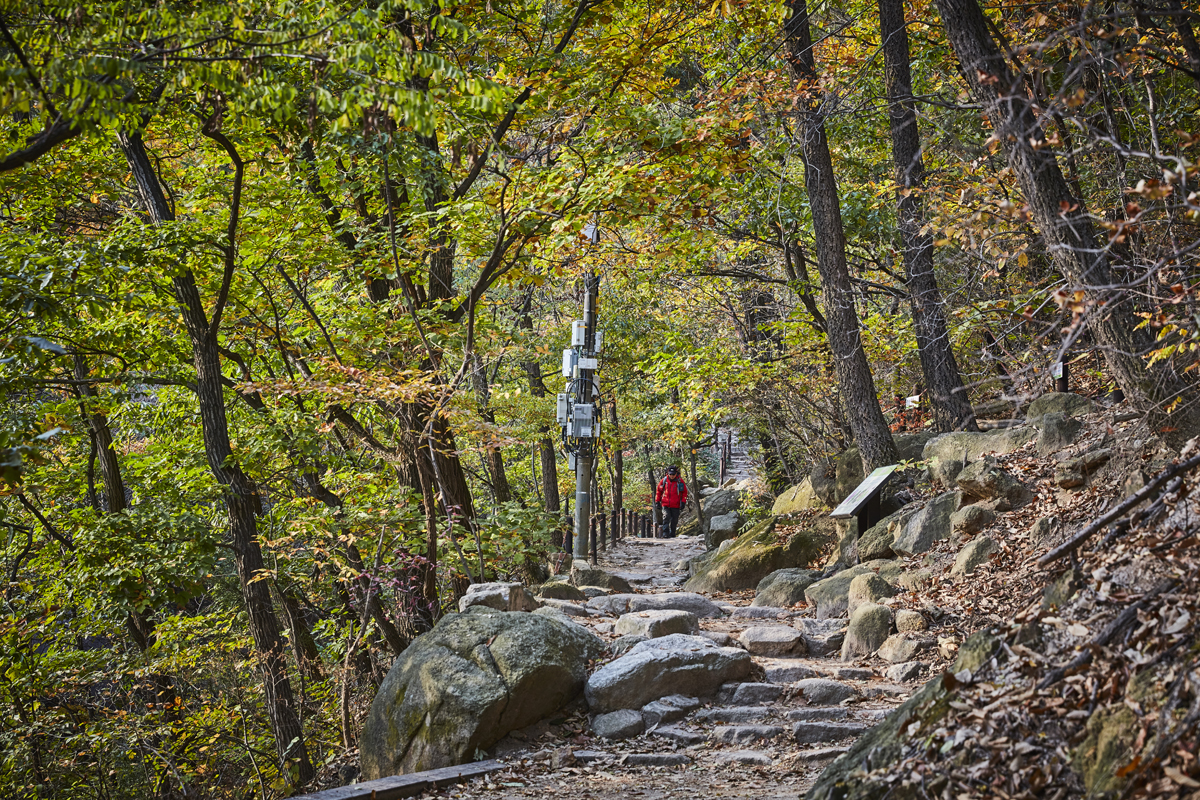
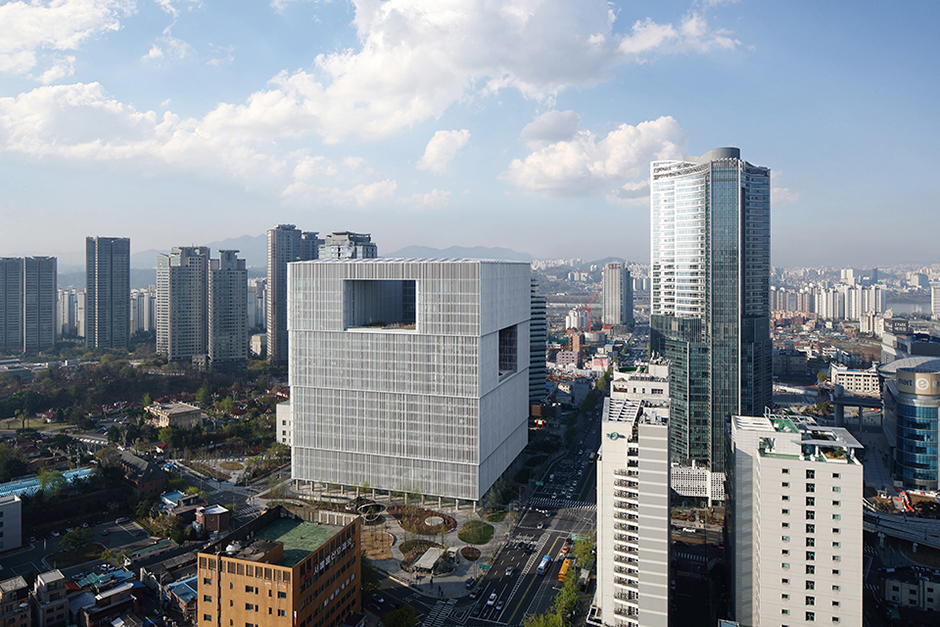
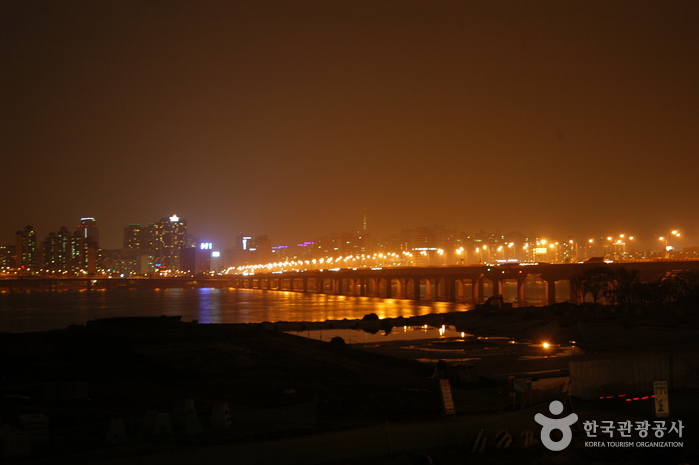
![M Playground à Hongdae (엠플레이그라운드 홍대본점 [Tax Refund Shop])](http://tong.visitkorea.or.kr/cms/resource/54/3353954_image2_1.jpg)
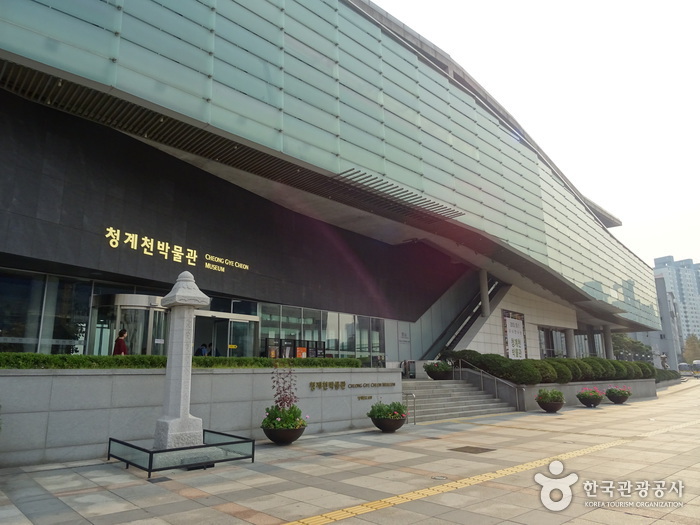
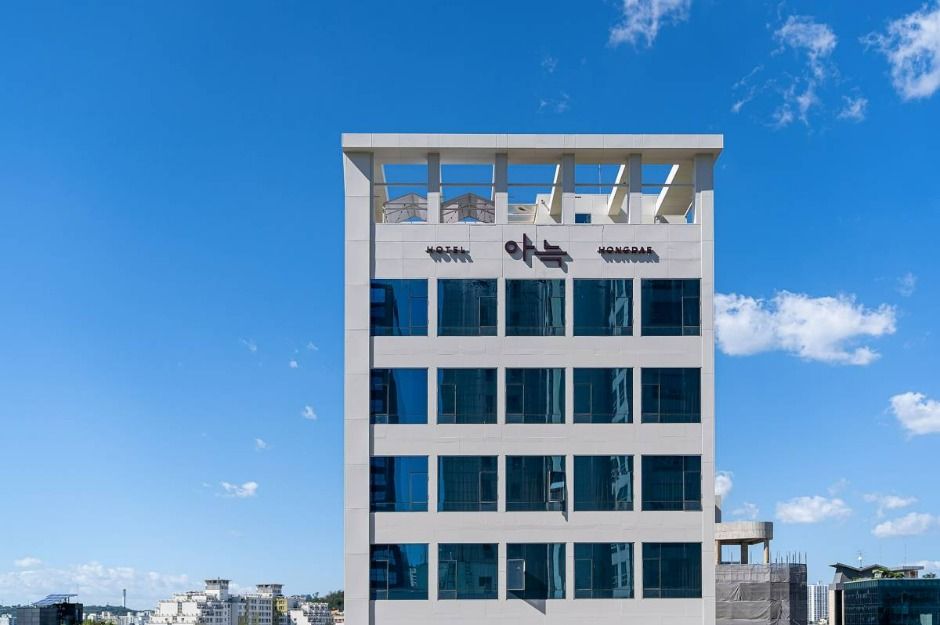
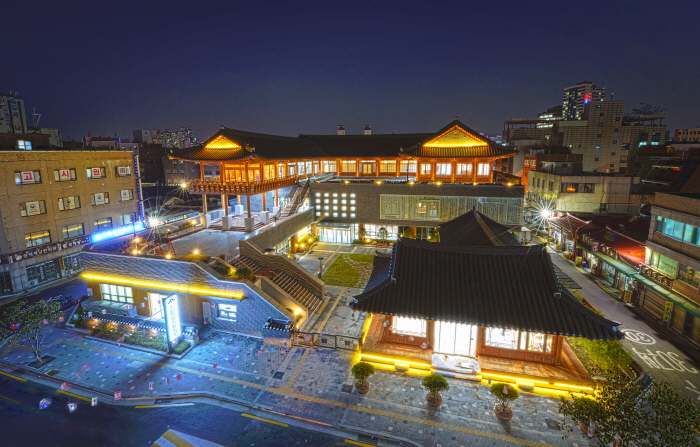
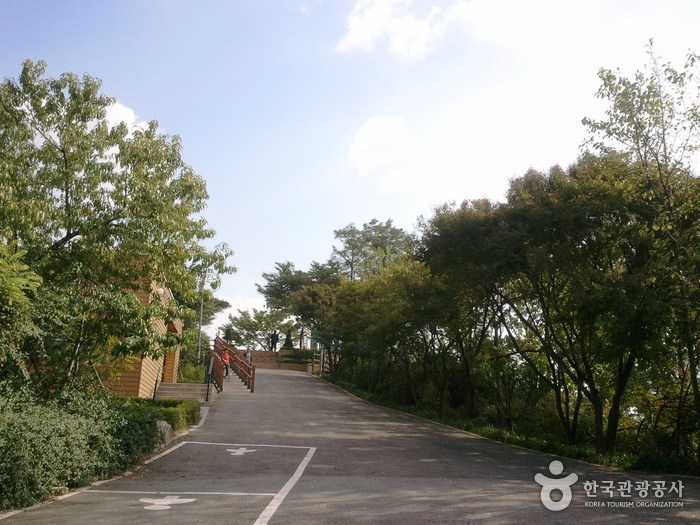
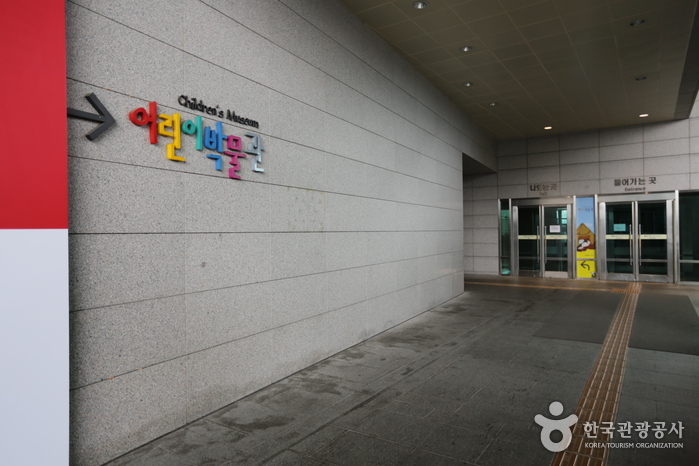
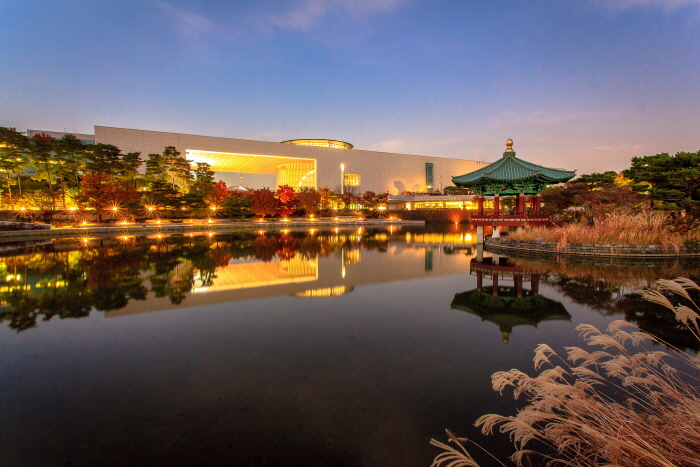
 Français
Français
 한국어
한국어 English
English 日本語
日本語 中文(简体)
中文(简体) Deutsch
Deutsch Español
Español Русский
Русский